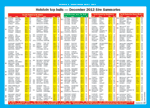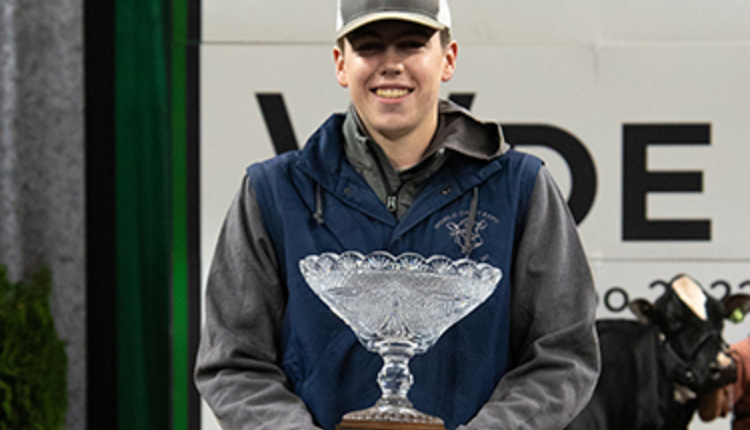
For some time, dairy producers and other industry specialists who closely follow genetic evaluations have agreed that productive life estimates - a measure of how long a cow lives - have been somewhat inflated. This is especially true when it comes to young genomic bulls. After reviewing the data and relationships between traits . . . known as correlations . . . geneticists at USDA's Animal Improvement Programs Laboratory adjusted Productive Life (PL) downward and the impact was officially seen for the first time with December's genetic evaluations.
As a way of comparing the adjustments, geneticists looked at the top 100 young Holstein bulls ranked by Net Merit ($NM) for the August evaluations and then looked at those same bulls in December. On average, those genomic bulls fell by 0.9 months of PL. The impact also resulted in a $53 reduction in $NM. Meanwhile, the top 100 daughter-proven Holstein bulls fell by 0.4 months of PL which resulted in a $25 reduction in $NM. To varying degrees, all breeds were impacted by the updates. As a point of reference, 22 percent of the Net Merit formula considers PL.
There are many factors that affect a cow's ability to have a long productive life. And all of those elements aren't completely measured until the cow's life comes to an end. That being the case, correlated traits play a big role in determining productive life estimates. Some of the factors that geneticists use when evaluating PL include:
- Daughter Pregnancy Rate (DPR): After reviewing new research, the correlation between the traits rose from 0.51 to 0.60. (As a point of reference, 1.0 would represent a perfect correlation.)
- Somatic Cell Score (SCS): Updated research found that the correlation rose from -0.38 to -0.45. Remember the correlation is negative because a low SCS results in improved milk quality through lower cell counts.
- Body size composites: As cows get larger, their lives get shorter. The research continues to bear that out as the correlation went from -0.16 to -0.26.
- Udder composite: We have made great strides when it comes to improving udders. That has reduced the correlation to productive life as bad udders are less and less of a factor in culling. It dropped from 0.30 to 0.15.
- Feet and Leg Composite: While we have made some progress in foot structure, it remains a difficult trait to measure as modern hoof trimming impacts its assessment by classifiers. The correlation fell from 0.19 to 0.08.
If you would like to learn more about this subject, be sure to check out Chad Dechow's column in our January 25 issue. In that article, he will fully investigate this topic. In the meantime, more details can be found at: http://aipl.arsusda.gov/reference/changes/eval1212.htm








